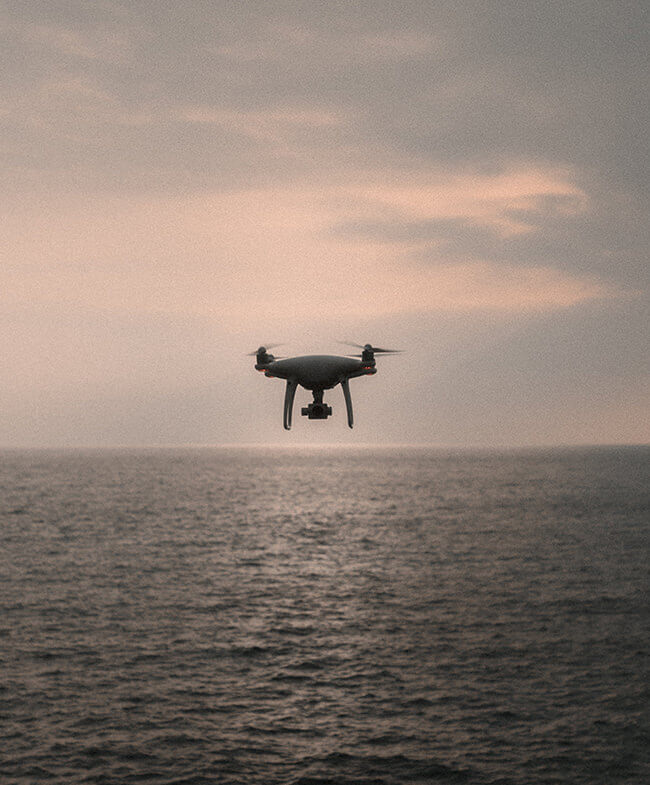If you’ve been shooting drone photography for a while, especially for commercial purposes, then you may eventually find yourself in a project that requires you to shoot in cold weather.
Whether you’re going to be shooting in a cold location, or if it’s just the colder seasons, you’re going to have to learn how to shoot in these conditions if you want to be a well-rounded drone pilot. However, while it’s important to learn how to do this, you should also learn when to recognize that the conditions are too harsh for your drone.
If you push your drone too hard in the colder weather, you risk causing damage to your drone, which will end up being very costly to repair. To help you out, here are some ways to handle the cold weather when shooting your drone photography.
Can I fly my drone in cold weather?
The answer to this question is highly dependent on the temperature of the weather that you’re shooting in. High-end drones can withstand temperatures of 32 °F (0 °C) at most, so take a look at the thermometer before you shoot your drone photography in this environment. However, make sure that you review your drone’s manual to check exactly what temperatures that they can handle.
Flight time
You have to understand that if you’re going to be shooting drone photography in a colder environment, you’re going to be looking at a shorter flight time.
This is because the cold weather will affect your drone’s battery, decreasing the amount of time that you can get out of it. If you know that you’re going to be shooting in cold weather, charge your batteries to a hundred percent the night before, and bring plenty of extras.
Take care of your batteries
When transporting your drone gear before a shoot, make sure that you pay extra attention to your batteries. Specifically, make sure you keep it warm, as the cold weather can affect the amount of power your battery can give.
If your batteries are too cold, then your drone might not even take off. So make sure that your drone batteries are kept warm in your case, and wrap them with something warm, like a scarf or a towel.
Plan your shots
If you know that you’re going to be shooting drone photography in cold weather, then it is highly recommended that you plan out your shots ahead of time.
This helps maximize the amount of flight time that you get out of your batteries and cuts down on exposing your drone to the cold weather for too long.

